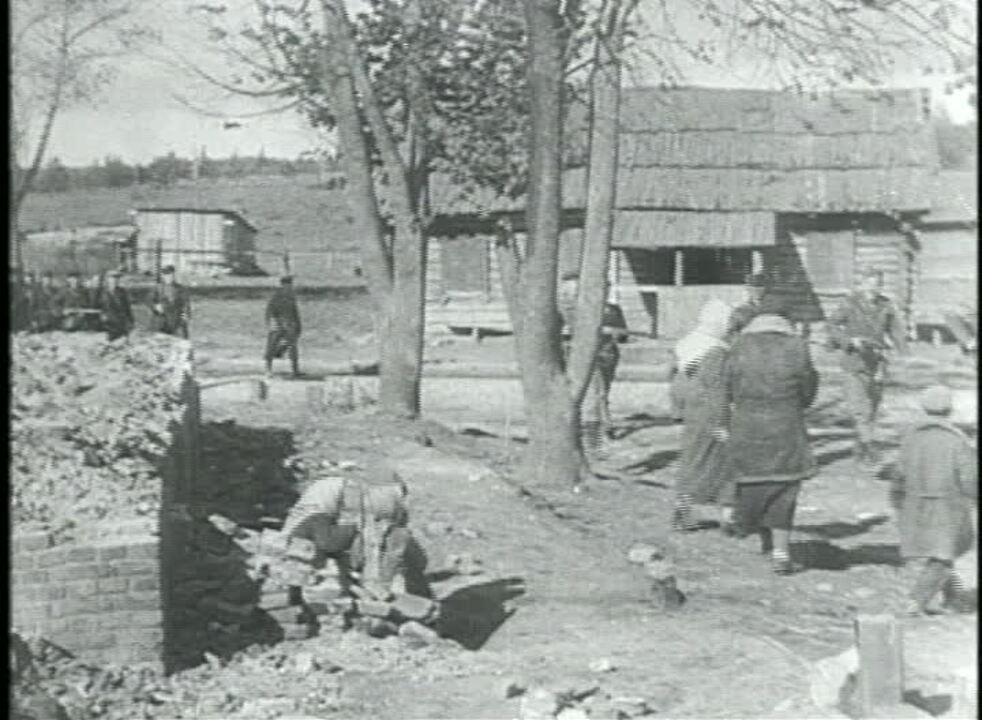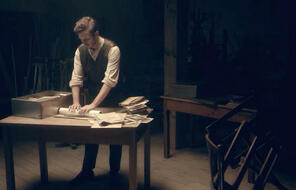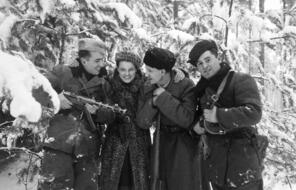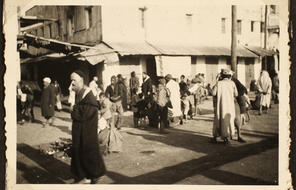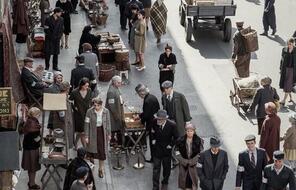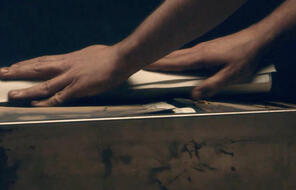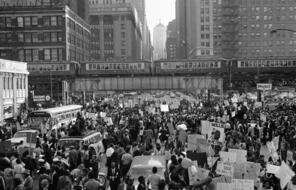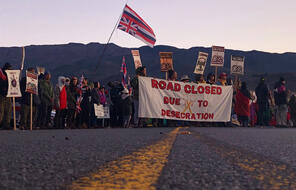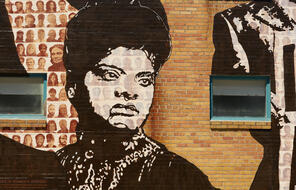The trees, the sky, the pine needle ground were our summer home. The underground hut was our winter home.
The will to survive gave Jewish partisans strength to live in conditions that were otherwise intolerable and in every place imaginable.
Without the forest, without the forest, we couldn't survive.
We always choose a place where there were lots of trees. In a way, it's like a protection.
Many partisans built underground bunkers called zemlyankas.
Half buried in the ground and half above the ground. And there were fires going 24 hours a day inside to keep us warm because we had no clothing, and no blankets, or anything.
When we built the bunkers, it was hard. We had to take the Earth out and bring it, get rid of it about some kilometers away. And then to make the top and all, we had to steal big doors. We had to steal these things to make the floor to cover the bunker.
And then also we had to bring in young trees for support. Once the bunker was dug, we had to put in to hold down the ceiling. And the ceiling also was wood. So this was a terrible work.
In one zemlyanka, you could sleep maybe 25 people or so.
So if one turned, everybody had to turn because it was really one legs on top of the other.
Partisans in areas of Western Europe had an easier time finding shelter, where the local populations were less antisemitic.
We had a situation where there were barns all over the place. And there were little huts for taking care of people when they come and get lost.
Other partisans found shelter from friendly locals, or sometimes, had to intimidate their way in.
So we would occupy peasant's homes and stay there.
We go in when we knew that there was no Germans, then we used to go in and be there.
So we used to occupy a village. And the whole group will be assigned, each one, like 10, like 12 people to a house.
We were looking for places where more secluded away from the village, let's say. They were houses. So we walked in and said good evening. We'd like to have food and shelter. We said please. And they treated us like human beings.
I would stay at one place three days, two days, not too long. Because otherwise, they would find out where we are.
Sometimes, you say you're going to stay three or four days. But it doesn't happen. You have to move at once, or something dangerous, or something planes, German planes or something. Or they are moving on you. You have to move.
And we walked out, about 15 minutes from the house with our rifles, something like that. We heard shots. We turned around. The house was burning, the Germans surrounded the house. There were shots fired from the house. And they put the house on fire.
That's just the way it goes. That's part of it, part of life. And don't forget. This is better than a concentration camp.
[MUSIC PLAYING]
